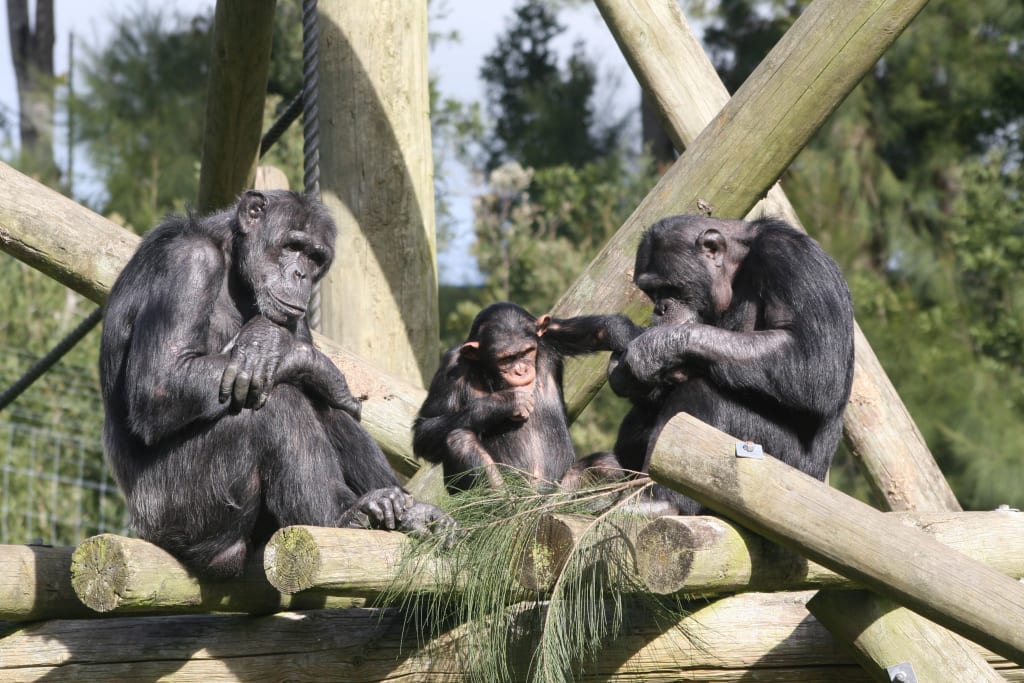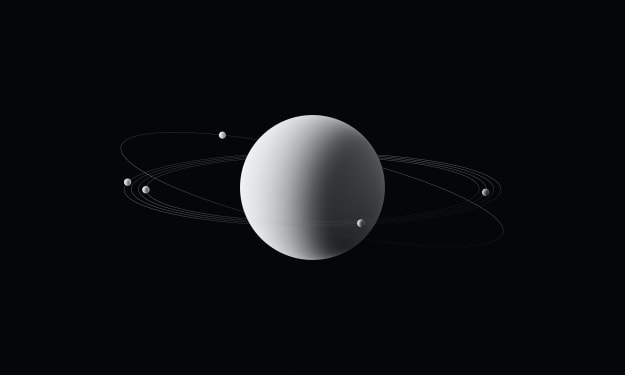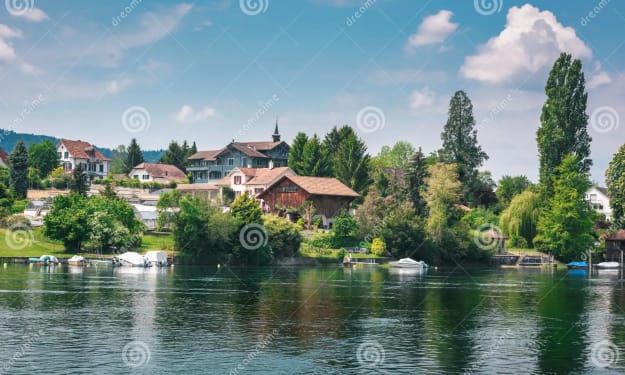All people are born of parents. How did the first man and woman come to be before humans came into existence?
The origins of the first human pair

At different stages of human development, we have different explanations for the origin of mankind. At the dawn of human civilisation, the limitations of human observation and scientific and technological conditions doomed mankind to be unable to explain this question, but imaginative people invented an answer by suggesting that man was created by a higher order of beings, for example: our country believes that Nuwa Fuxi created man, while the Bible suggests that man was created by God, an idea known as " Creationism".
But there is an obvious flaw in creationism: if humans were created by God, where did God come from? So it was only after this process that a final explanation was necessary, and so people gradually abandoned creationism and began to explore how the first man came to be.
The origin of the first man
According to modern evolutionary theory (which is an evolutionary version of Darwinian evolution), the first man evolved from other creatures. It was only because the dinosaurs were so large and evolved so successfully that they dominated many ecological niches that the ancient ancestors of humans had to live in the shadow of the dinosaurs.
About 65 million years ago, a meteorite with a diameter of 10 kilometres struck the Earth. The shock waves from the impact, as well as the tsunamis, earthquakes and volcanic eruptions that it caused, made the Earth's environment change abruptly, turning the previously fertile land into scorched earth and the previously vibrant ecological chain into a red lotus hell.
The sudden change in environment caused the dinosaurs, which had a high demand for food, to gradually disappear, while the smaller, less food-hungry mammals escaped and began to take over the ecological niche that had belonged to the dinosaurs once the Earth's ecology had recovered.
Our ancient human ancestors seized the ecological niche in the trees and survived in Africa in an arboreal form. But it didn't last long. As the climate changed, the forests of Africa faded and the tall trees became fewer and fewer, forcing our ancient ancestors to come down to the ground to survive; there were also small branches of human ancestors who were unwilling to give up their life in the trees and followed the forest to western Africa, where they evolved into chimpanzees and bonobos.
After surviving on the ground, humans were not strong enough to fight off their enemies, nor did they evolve the agility to escape predators, but fortunately they learned to use fire as a tool to repel prey, bake food and transform their surroundings.
The use of fire greatly accelerated the evolution of man and gave him sufficient energy to develop other bodily organs, and under these conditions the human brain gradually expanded, and when its capacity exceeded 650 ml (or so the saying goes), paleoanthropologists believe that "man" was born, and the first human species on earth was "After Homo sapiens came Homo erectus, Homo heisenbergensis, Homo neanderthalensis, Homo sapiens and so on.
All humans today are Homo sapiens, and Homo sapiens appeared about 200,000 years ago. Just who the first Homo sapiens was and exactly when it was born is no longer known, but biologists are not concerned with who the first person was either, they are concerned with the evolution of populations, not the genetic differences of individuals.
The birth of the first life
One might argue that since humans evolved from other creatures, where did other creatures come from? Where exactly did the first life come from.
In fact, the theory of evolution would not be complete without addressing how the first creature came to be, and the reason for this is because creationism just cannot explain how the first god came to be.
The answer to the question of how the first life came to be is now available: the first life was probably born at the mouth of a hot spring at the bottom of the sea, which is also known as the 'hot spring mouth hypothesis'.
Scientists have found that the hot springs near the mouth of the sea floor are constantly spewing out hot material at 300-400°C and are accompanied by a strong acidic and alkaline environment, which should not be suitable for life, but scientists have found a large number of creatures here, while on the sea floor without the hot springs, the number of creatures is pitifully low.
The reason is because the deep seabed cannot receive sunlight and phytoplankton cannot photosynthesise, so much so that the energy source on which deep-sea creatures depend can only receive organic matter sinking from the upper layers of the ocean, resulting in a scarce energy source, so the number of creatures on the seabed is yet very scarce.
And near the mouth of a hot spring on the seabed, the hot spring continues to emit hot material, making it like a continuous injection of milk into a glass of water. Where the water flow is injected, an energy difference is formed between the milk and the water, and the energy difference can then catalyse the synthesis of ATP, thus providing energy for the organisms.
In the early oceans of the Earth, because of lightning and other effects, a lot of organic matter had been produced, which was like bricks and tiles, but had not yet formed life.
Near the mouths of hot springs on the sea floor, the difference in concentration between the two sides enabled this organic matter to be assembled into houses, and although it was very rudimentary, with no cell membranes, no nuclei, no mitochondria, no chloroplasts, etc., primitive life on Earth was born.
Primitive life was very rudimentary, but as they continued to evolve, they armed themselves to adapt to changes in their environment and eventually evolved into the creatures that are on Earth today, and humans are the descendants of these ancient beings.
About the Creator
Vicky
The world is so wonderful, let's get to know the world together!
Enjoyed the story? Support the Creator.
Subscribe for free to receive all their stories in your feed. You could also pledge your support or give them a one-off tip, letting them know you appreciate their work.






Comments
There are no comments for this story
Be the first to respond and start the conversation.